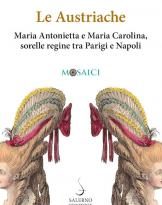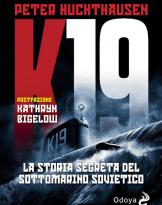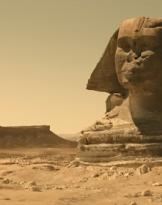Mauro Bonciani
Ed.Lettere Firenze 2012
pp. 127
Despite the recurrence of the five hundred years since his death on 22 February 1512, Italy has not been very generous in celebrating this anniversary concerning Amerigo Vespucci, although an entire continent has been dedicated to him: America. This essay, written by a journalist of the "Corriere Fiorentino" traces the main stages of the life of Amerigo, "Florentine merchant", as he always loved to sign.
Son of a notary, Nastagio, and a noblewoman of Montevarchi, Lisa Mini, third of five children, was born, on March 9, 1454, in the Borgo di Ognissanti, in Florence. Little is known of his childhood and adolescence. At 25 he began to devote himself to the market. There were many merchants in Florence at that time, and many were the bases of reference for the Florentine Nation (as the merchant community was called). One of these was Seville. But Renaissance Florence was also the European capital of cartography, where Francesco Rosselli, Enrico Martello and Paolo dal Pozzo Toscanelli worked, the one who, with his map, guided Christopher Columbus in "Buscar el levante por el ponenente."
At the age of 38 (we are in an unspecified period between November 1491 and March 1492) Vespucci leaves Florence for Seville, where he will arrive shortly before the departure of Columbus, whose trip will aim to find a new route of the Indies. Here he will collaborate with Giannotto Berardi, the new Medici agent at the Seville counter and will be involved in the organization of Colombo's second trip. Not much is known about his stay in the Spanish city. But it is known for certain that on May 18, 1499 he left for his first documented voyage to America, aboard the fleet commanded by Alonso de Ojeda and Juan de la Cosa, even if it is not clear what assignment he had. In fact, he was neither a pilot nor a captain of one of the ships. Venezuela was discovered on that trip "He took note of everything and began his transformation into an expert in routes and navigation."
He also made journeys in the pay de Portugal of Manuel, Manuel. There were four trips by Vespucci of which we are aware, two in the service of the King of Spain and two in the service of the King of Portugal. Recalled by the King of Spain, in 1508 he was awarded the title of "Pilot Mayor", a task that included specific tasks such as supervising all the maps and routes, instructing the use of the astrolabe dial of all the pilots who they wanted to leave for the New World, help graduate pilots find personnel for expeditions, create a general map of the newly discovered lands and islands.
But how did the name America come about? “These parts have in fact been widely explored, together with a fourth discovery by Amerigo Vespucci (as explained below). Since Asia and Africa were baptized with the name of a woman, I do not see why this land cannot be called Amerigen, that is, the land of Amerigo, or America, as a tribute to its discoverer, a man of acute talent ". These four lines, written by a group of humanists, who worked in Saint Diè des Vosges, in Lorraine, decided the fate of the name of the new continent, described in the Mundus Novus, a libel, the work of some Florentine who knew the letters sent by Amerigo to the Medici, and which were used as the basis of a story stuffed with a little exotic and a little itchy. The libellus spread rapidly throughout Europe, but Vespucci died without knowing the name America. In fact, the first Spanish book that speaks of America dates back to 1520. While he died in Seville on 22 February 1512, at the age of 58, without having ever seen Florence again and leaving Maria Cerezo a widow.
The essay ends with a rundown on other Tuscan navigators, the most famous of which is Giovanni da Verrazzano, who owes the discovery of New York and much of the east coast of North America and with a last, interesting chapter, dedicated to Vespucciani places.
Gianlorenzo Capano












